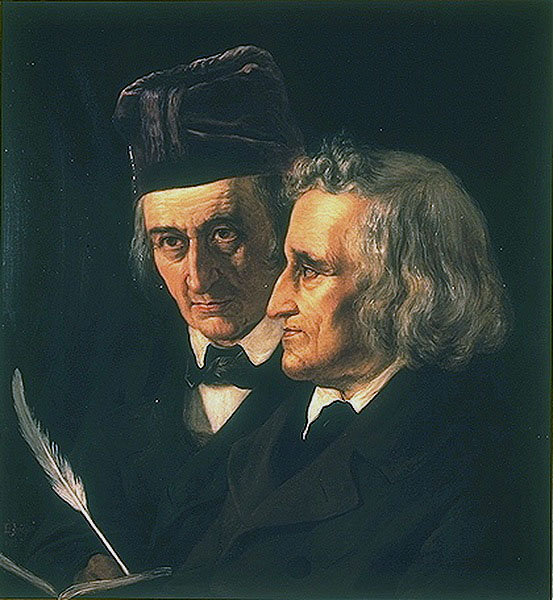
Happy Birthday, Jacob Grimm
On this day in 1785, Jacob Grimm was born in Hanau, Germany. While today Jacob and his brother Wilhelm are best known for the highly successful—and widely varying—editions of their folktale retellings, their work played a crucial role in the development of a variety of academic fields, ranging from folkloristics to philology and well beyond.

POPULAR RESONANCES: JULY AND AUGUST 2016
This marks the third installment of JH Roberts's regular column Popular Resonances. Popular Resonances examines references to ancient Germanic culture and Germanic mythology in modern popular culture as it happens. For more information on the feature, please see Roberts's introductory post here. This installment includes Thor: Ragnarok, Jotun: Valhalla Edition, Great Whale Road game, The Creepy Case Files of Margo Maloo, and much more.

Six Questions VII: Odinson
In the seventh interview of Mimisbrunnr.info's Six Questions series, we interview Odinson, an American strength athlete and professional wrestler inspired by Germanic and Norse mythology. Odinson's character is a mixture of traditional, Marvel, and Mad Max: Fury Road Norse elements.
